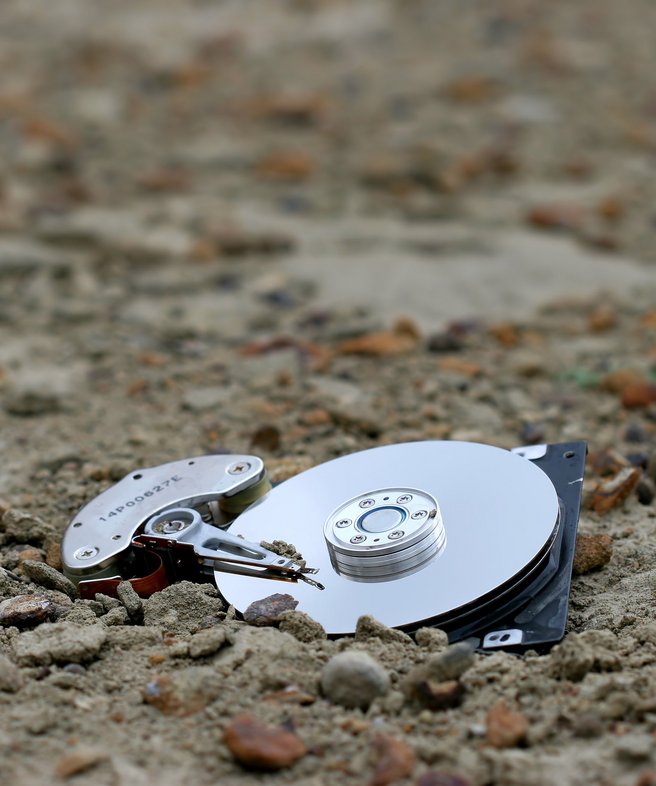HOW MUCH OF OUR DATA WILL BE LEFT FOR FUTURE GENERATIONS?

Probably much less than one might expect. Digital storage media have a limited lifespan: hard drives last between three and thirty years. If you don’t transfer your data to the next generation of storage media, you’ll lose it at some point. Furthermore, storage media become obsolete – floppy discs or cassette tapes can already only be read with special equipment, which is why scientists have been researching possibilities for permanently storing information.
For instance, researchers have spent the past decade working on a technology to store digital data in DNA. What sounds at first like science fiction could actually work, because digital data – such as texts, images and video – is made up of sequences of zeros (0) and ones (1). DNA is composed in a similar way, namely out of a sequence of the nucleotides A, C, G and T. If it were possible to convert digital data into a DNA sequence, this type of DNA storage would last for a thousand years and could be copied billions of times.